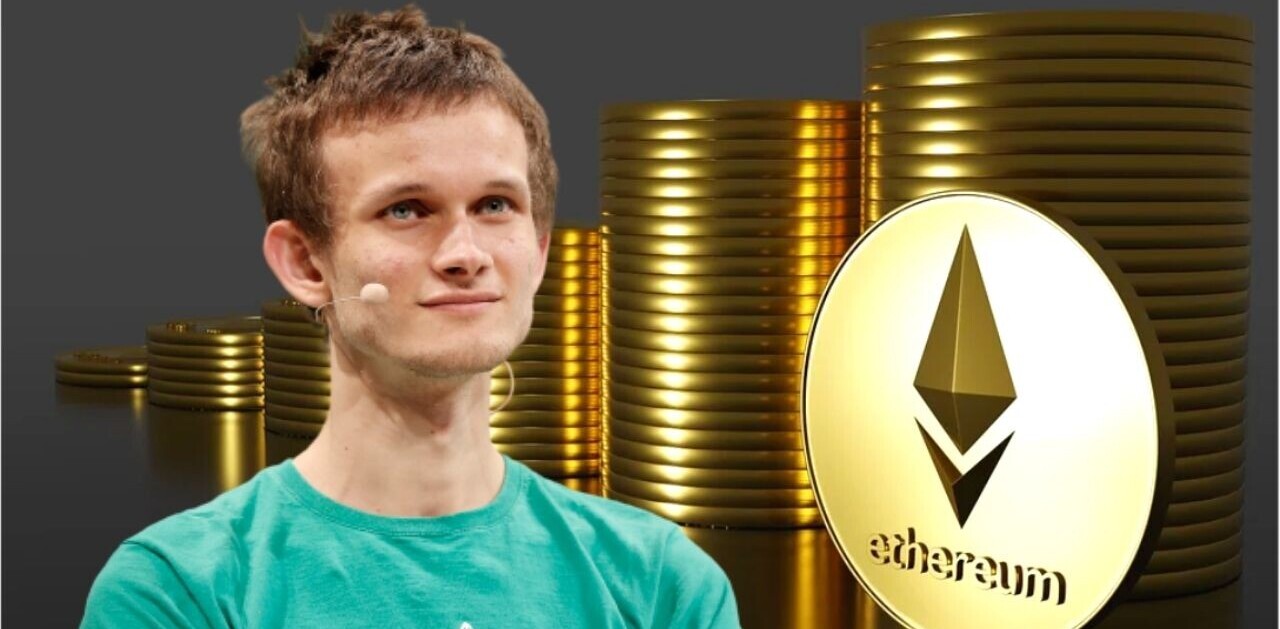
If you ever wanted to buy an NFT based on Ethereum, you would have to pay a transaction fee to register it on the blockchain. Last week, that fee skyrocketed to unprecedented levels.
So you might have had to pay thousands of dollars as fees to get an NFT that might be worth a few bucks. Strap in for another weird web3 story.
Yuga Labs, the creator of the infamous Bored Ape Yacht Club (BAYC) NFTs, opened up its mint to its Otherside metaverse over the weekend.
With many anticipatory participants, the mint raked in more than $317 million for the company. It sold 55,000 NFTs at a flat price of 305 ApeCoins ($5,800 at the time of mint).
The whole activity massively stressed the Ethereum blockchain that processed these transactions, and in turn drove up transaction costs for all projects on this blockchain. Some folks had to pay thousands of dollars for transactions valued at just a few dollars each.
This kicked off a heated debate about Ethereum’s scalability problems and Yuga Labs’ smart contract’s efficiency. That’s a good opportunity to better understand the concepts of ‘gas’ and ‘smart contracts,’ and what happened here.
How much Gas fee is too much?
Ethereum charges something called a gas fee for any activity that needs to be recorded on the blockchain. The ‘gas’ means energy required for miner to verify transactions on the blockchain.
The fee is dynamic, and changes based on the number of transactions taking place on the blockchain at that point of time.
You can pay more gas fees to give your transaction a priority to be processed. But you have to pay the minimum gas fee at that time, multiplied by the amount of gas used in a particular transaction as processing fees.
In order to claim Otherside NFTs, people started to outbid each other by willing to pay higher gas fees, which drove the network’s gas fees to nearly 8,000 gwei (a unit to measure gas on the Ethereum network).
At the time of writing, Etherscan data suggested that people have spent more than 64,700 ETH (more than $183 million) on transaction fees for Otherside NFTs alone.
This gas war between Otherside bidders also affected other transactions on the Ethereum network.
Ethereum is broken. I just spent $1,000 for a transaction. What happened!?
— twan (@dantwany) May 1, 2022
if i wanted to register one of those .eth domain names right now it would cost me $5…plus $4,661.88 in fees
the future, baby! lmao pic.twitter.com/HZQHnPGIzZ
— Matt Binder (@MattBinder) May 1, 2022
Unbelievable… pic.twitter.com/Go2DFTAxw1
— JAY CROFT ? (@MrJayCroft) May 1, 2022
just watched someone pay a $3500 transaction fee for a $500 NFT pic.twitter.com/AFuQwBVqxf
— Molly White (@molly0xFFF) May 1, 2022
That’s bad for Otherside NFT buyers, as well as other users of the Ethereum blockchain.
The smart contract debated
After seeing astronomical gas prices, many people opined that Yuga Labs could’ve written a more efficient smart contract to save fees.
For the uninitiated, smart contractsare snippets of programs on blockchain that execute when terms of the agreement are specified in it are met. For example, in the analog world, a document between the buyer of a house and its seller counts as a contract. In the web3 world, that’s done by a piece of code.
Nearly $100M has been spent on gas for the BAYC land sale in one hour. This is money that could have gone to Yuga or stayed in user's pockets.
The contract had nearly zero gas optimizations. I'll explain a few gas optimization tricks that could have saved many millions below ? pic.twitter.com/CsYvWdEQKc
— Will Papper ✺ (@WillPapper) May 1, 2022
What @yugalabs did:
1. Whitelisted more addresses than available NFTs
2. Zero optimizations in the smart contract (not even using ERC721A)
3. No max gas limit for minting (easy to do in Solidity)
4. Gave themselves best positioned land based on TokenId
5. Blamed Ethereum?— Ultra Supa Hot Fire (@mfer4lyfe) May 1, 2022
However, Ethereum founder Vitalik Buterin said that even if Yuga Labs optimized the smart contracts, people would’ve paid higher prices to get NFTs.
Don't think optimizing the contract would help. Regardless of contract details, tx fee goes up until list price + tx fee = market price. If gas usage per purchase decreased 2x, the equilibrium gas price would have just been >12000 gwei instead of 6000.
— vitalik.eth (@VitalikButerin) May 1, 2022
Smol Farm Gazette, a publication run by LGBTQ+ women, argued that different strategies, like a Dutch auction for high-demand mints, could reduce the gas price impact. Too bad Yuga Labs announced last week that it won’t go for a Dutch-style auction for the Otherside mint.
Yuga Labs’ response
The $4 billion valued company acknowledged that the mint was disappointing for many people trying to join the community.
We know that the Otherdeed mint was unprecedented in its size as a high-demand NFT collection, and that would bring with it unique challenges.
— Yuga Labs (@yugalabs) May 1, 2022
Yuga Labs added that it’ll refund gas fees for people whose transactions didn’t go through. However, because this mint drove up transaction fees for the whole Ethereum network, people who paid high gas fees for non-Otherside transactions have nowhere to go. And the company didn’t acknowledge that.
A BAYC co-founder said that this was a “sour moment” for the community.
Needless to say tonight didn't go how anyone wanted it to. I want to say sorry to the apes, and to everyone else who eagerly looked to join into the project. It’s especially a sour moment since Otherside has been a passion project for so long.?
— Garga.eth (@CryptoGarga) May 1, 2022
What’s the solution?
Yuga Labs indirectly blamed Ethereum’s limitations and said ApeCoin,Yuga Labs’ own token, will need its own blockchain. But we have no idea when that will happen.
Lin Dai, CEO of NFT platform OneOf, criticized Yuga Labs and said it shouldn’t use decentralization as an excuse.
#Decentralization should never be used as an excuse for decisions of centralized venture-backed companies. “We’d like to encourage the DAO to start thinking”??♂️ as if your DAO board is not made up of your VCs. Time to take responsibility, be accountable to the community @yugalabs https://t.co/VcsPSOXGka
— Lin Dai (@ThePointsDai) May 1, 2022
Polygon, which is a blockchain built on top of Ethereum, Tweeted about providing a solution to Yuga Labs to handle chaotic mints.
We have a *super* solution for you @yugalabs to solve this problem.
Polygon Supernets allows you to launch your own public dedicated yugalabs blockchainhttps://t.co/tOa9nrnxh8 https://t.co/BRyKvQg98k
— Polygon – MATIC ? (@0xPolygon) May 1, 2022
The company also mentioned that it might look to migrate ApeCoins to its own blockchain.
Given the firm’s hype in the Web3 world as the creator of the most iconic NFTs to date, its future mints would likely also gain a lot of attention.
Ethereum can process 15-45 transactions with its current infrastructure. It might become much faster when it moves to a proof-of-stake model, but it might take at least a few months.
Yuga Labs can wait for this event, and hope that future mints might be smoother. Or it can move to another blockchain and make sure that the process of claiming NFTs doesn’t leave a sour taste in people’s mouths.
While it’s almost guaranteed that Yuga Labs’ projects will attract a lot of money, the company needs to deal with scalability issues that could lead many people frustrated.
Get the TNW newsletter
Get the most important tech news in your inbox each week.




